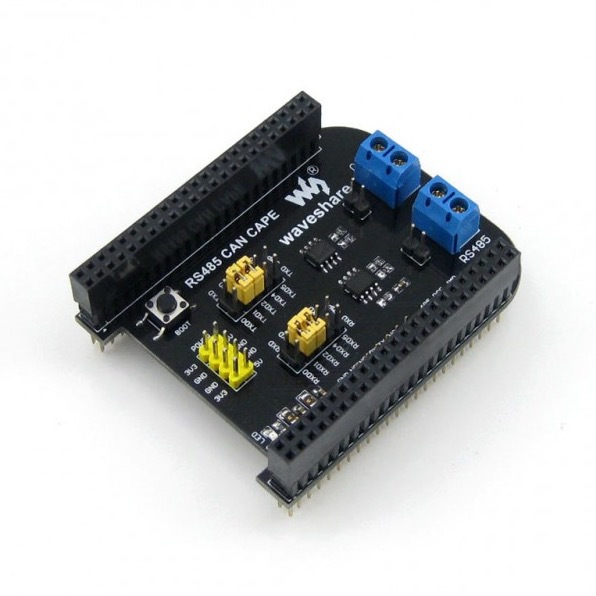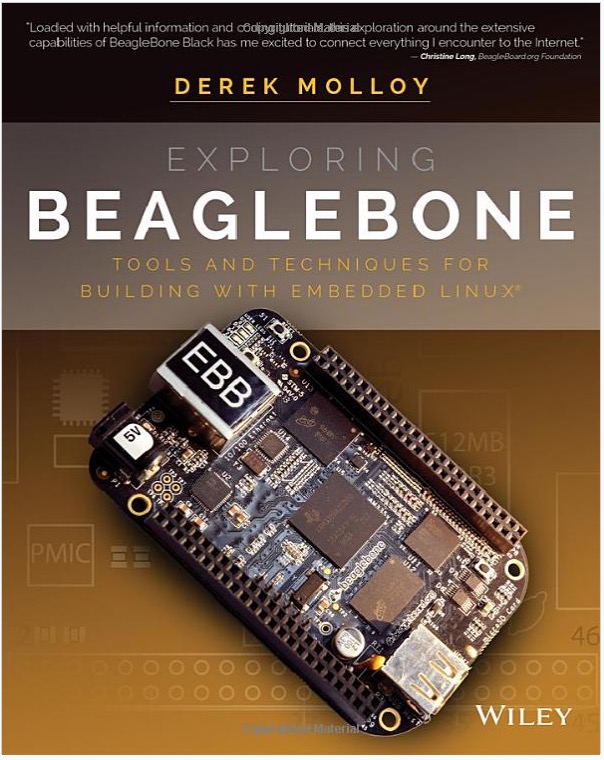Recent Posts
Expansion Cape for BeagleBone Features Controller Area Network (CAN Bus) And RS485 Interface
Posted by on
The BeagleBoard is a low-power open-source hardware single-board computer produced by Texas Instruments in association with Digi-Key and Newark element14. The BeagleBoard was also designed with open source software development in mind, and as a way of demonstrating the Texas Instrument's OMAP3530 system-on-a-chip. The board was developed by a small team of engineers as an educational board that could be used in colleges around the world to teach open source hardware and software capabilities. It is also sold to the public under the Creative Commons share-alike license. The board was designed using Cadence OrCAD for schematics and Cadence Allegro for PCB manufacturing; no simulation software was used.
The BeagleBoard can easily be extended by stacking additional boards (Capes) to the main board. One of these boards is our BeagleBone RS485 CAN Bus Cape. This BeagleBone Serial Cape is the most flexible way to connect to other devices with a serial connection. This cape allows for simultaneous use of one RS485 port and one Controller Area Network (CAN) Bus interface. Transceivers for both Interfaces, CAN Bus and RS485, are on board, allowing immediate development activities.
Further support is provided by extensive documentation (including a Wiki page), schematics, driver installation programs, and sample code.
Exploring BeagleBone - Tools and Techniques for Building with Embedded Linux
Exploring BeagleBone is a hands-on guide to bringing gadgets, gizmos, and robots to life using the popular BeagleBone embedded Linux platform. Comprehensive content and deep detail provide more than just a BeagleBone instruction manual--you'll also learn the underlying engineering techniques that will allow you to create your own projects. The book begins with a foundational primer on essential skills, and then gradually moves into communication, control, and advanced applications using C/C++, allowing you to learn at your own pace. In addition, the book's companion website features instructional videos, source code, discussion forums, and more, to ensure that you have everything you need.
The BeagleBone's small size, high performance, low cost, and extreme adaptability have made it a favorite development platform, and the Linux software base allows for complex yet flexible functionality. The BeagleBone has applications in smart buildings, robot control, environmental sensing, to name a few; and, expansion boards and peripherals dramatically increase the possibilities. Exploring BeagleBone provides a reader-friendly guide to the device, including a crash course in computer engineering. While following step by step, you can:
- Get up to speed on embedded Linux, electronics, and programming
- Master interfacing electronic circuits, buses and modules, with practical examples
- Explore the Internet-connected BeagleBone and the BeagleBone with a display
- Apply the BeagleBone to sensing applications, including video and sound
- Explore the BeagleBone's Programmable Real-Time Controllers
Hands-on learning helps ensure that your new skills stay with you, allowing you to design with electronics, modules, or peripherals even beyond the BeagleBone. Insightful guidance and online peer support help you transition from beginner to expert as you master the techniques presented in Exploring BeagleBone, the practical handbook for the popular computing platform. Visit the companion website for more information at exploringbeaglebone.com. => More Information...
 Loading... Please wait...
Loading... Please wait...


